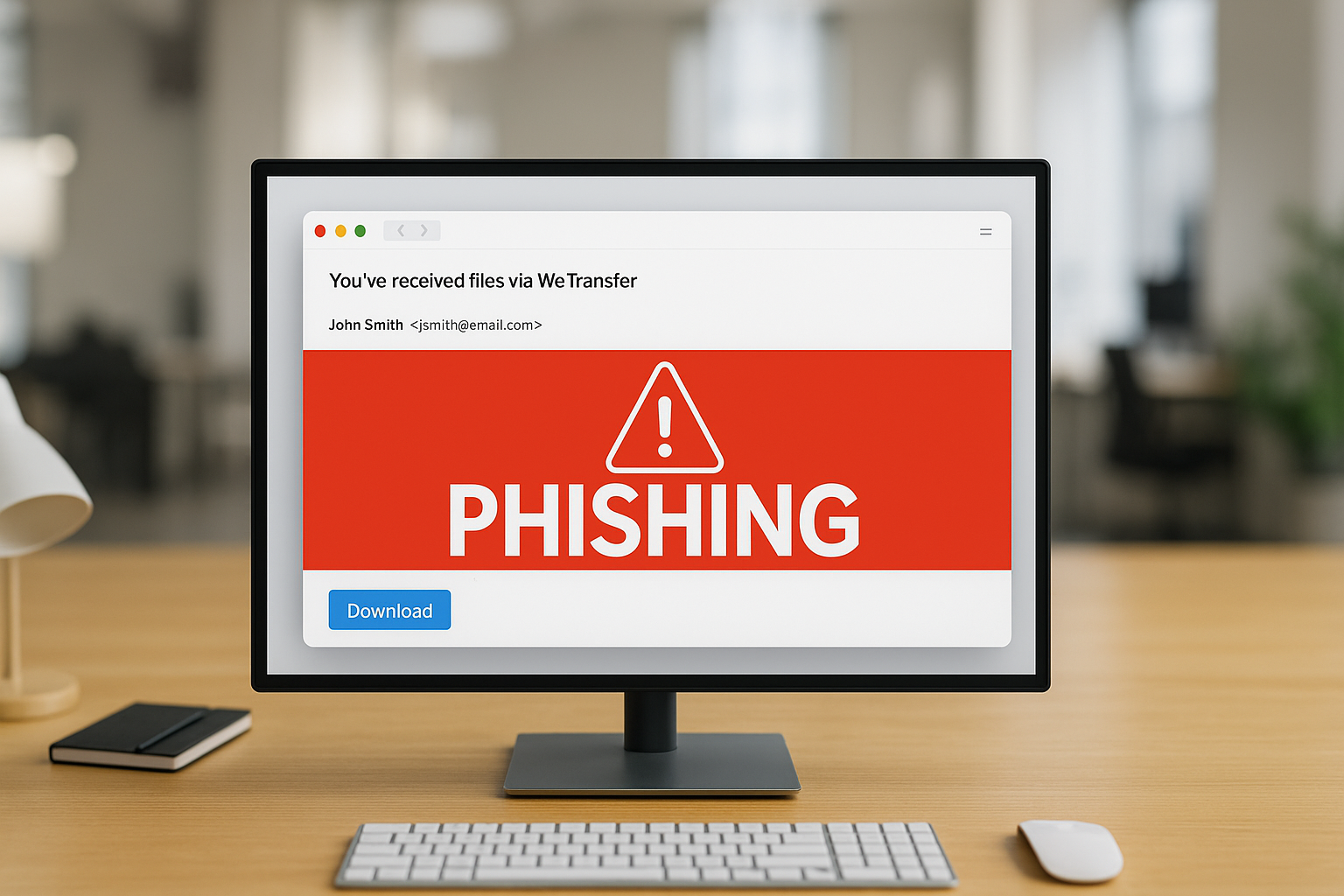What Is a Watering Hole Attack (and Why You Should Care)
Ever heard of a watering hole attack? It sounds like something from the wild, but it’s actually one of the sneakier tricks in the cyber world. Watering hole attacks are most commonly classified as a supply chain attack (or strategic web compromise).
Instead of chasing their victims, cybercriminals set a trap where they know their targets will go, just like predators waiting at a watering hole for unsuspecting animals to stop by for a drink.
In tech terms, that “watering hole” is a trusted website, one you visit all the time for business, industry news, or client services. Attackers quietly infect it with malicious code, and when you or your coworkers visit it, bam you’ve just been compromised.
How It Works
- Reconnaissance: The attacker figures out which websites your team visits regularly—like a vendor portal, industry association, or community forum.
- Compromise: They hack that website and inject malware or exploit code into it.
- Infection: When someone from your company visits, their browser runs the hidden script, downloading malware in the background.
- Exfiltration: Now the attacker has a foothold on your system or network, ready to steal data or credentials.
And the worst part? Because it’s coming from a legitimate, trusted website, traditional filters or security systems often don’t raise a red flag.
Why It’s So Dangerous
Watering hole attacks are hard to detect because everything looks normal—until it’s not.
- You’re hit through websites you trust.
- The malicious code is often hidden in legitimate content.
- Multiple users can be infected at once.
- The attacker can remain undetected for weeks or even months.
These attacks are increasingly popular among state-sponsored groups and targeted business espionage, especially when the goal is to infect an entire sector (like defense, finance, or law).
How to Protect Your Business
Here’s how to keep your team from “drinking from the wrong watering hole”:
- Keep software and browsers updated – Patch vulnerabilities fast; attackers love outdated plugins.
- Use advanced endpoint protection – Behavioral security catches weird activity that signature scanners miss.
- Segment your network – Limit how far an infection can spread.
- Monitor your vendors and partners – Make sure the sites you rely on aren’t compromised.
- Deploy DNS and email security solutions – Stop malicious redirects, attachments, and spoofed domains before they ever reach your team.
- Educate your staff – Even legit-looking sites can be hijacked; stay alert for unexpected downloads or pop-ups.
How ExchangeDefender Helps
At ExchangeDefender, we’re big believers in layered defense—because one tool can’t stop every type of threat.
- Our email security blocks phishing and malware before they hit your inbox.
- Our DNS protection helps stop users from reaching malicious or hijacked websites.
- And our policy controls give admins the ability to manage block and allow lists across entire organizations—no guesswork, no chaos.
It’s all about closing the gaps between trust and risk—so you can browse, click, and communicate safely.
👉 Learn more about securing your communications: www.ExchangeDefender.com






